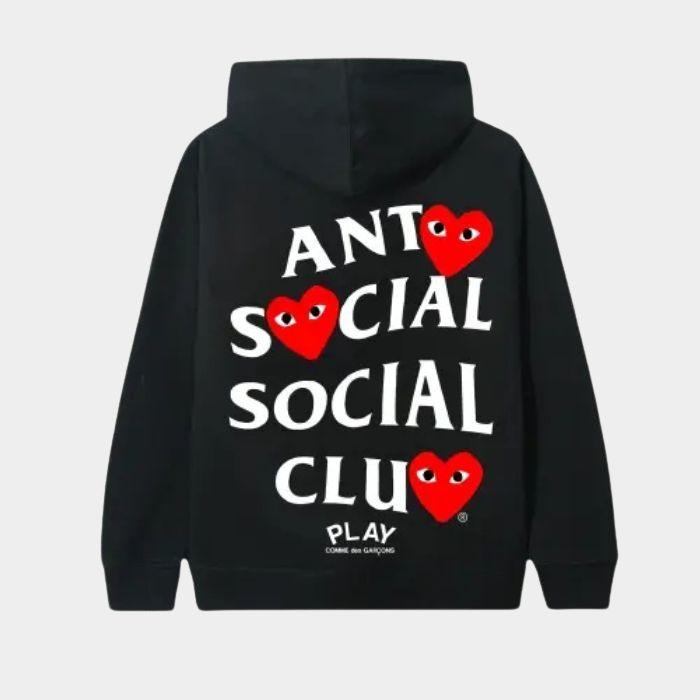Comme des Garçons didn’t ease into the industry—it stormed the gates. Rei Kawakubo launched the label in Tokyo during the late ‘60s, a time when fashion was still playing it safe. Instead of adhering to the rules, she dismantled them. Her approach wasn’t about beauty in the traditional sense; it was about provoking questions, challenging silhouettes, and finding elegance in the unfamiliar. By the time the brand landed in Paris in the early ‘80s, the world realized this wasn’t just another designer house. It was a revolution in fabric form.
Deconstruction as a Design Language
Where others polished and perfected, Comme des Garcons tore apart and rebuilt. Frayed hems, asymmetry, holes, and layering became trademarks. What looked unfinished was actually intentional. Deconstruction wasn’t a mistake—it was a manifesto. This refusal to conform flipped the script on luxury, making “imperfection” a new form of refinement. Kawakubo showed that beauty didn’t have to be pristine; sometimes it’s stronger when it feels raw.
Playful Minimalism: The Heart Logo Era
Not every Comme piece is abstract or difficult. The Play line, with its iconic bug-eyed heart logo, became an entry point for the masses. Simple tees, striped knits, and sneakers stamped with that mischievous emblem created a more approachable side of the brand. It’s minimalism with personality—casual enough for daily wear but instantly recognizable. That little heart has become a symbol of understated cool, bridging avant-garde fashion with streetwear ease.
Avant-Garde Runway Statements
On the runway, Comme des Garçons operates in a different universe. Kawakubo treats clothing as sculpture, often sending out pieces that look more like architecture than attire. Bulbous forms, padded structures, and abstract shapes turn models into living installations. It’s fashion at its most experimental, blurring lines between art and garment. These shows don’t just set trends—they spark conversations about what fashion can even be.
Collaborations that Reshape Culture
Comme doesn’t stay in its own lane. It collides with others—Nike, Converse, Supreme, even high-luxury houses—and always bends those partnerships to its will. The sneakers become instant classics, the streetwear collabs sell out in minutes. Each collaboration feels like an expansion of the Comme language, proving the brand’s ability to live in multiple worlds at once. It’s avant-garde, yet accessible, playing on both sides of the spectrum with ease.
The Comme Closet Essentials
A true Comme wardrobe doesn’t require runway pieces that look like they belong in a museum. The essentials carry the same energy but in wearable forms. Crisp white shirts with exaggerated tailoring, reworked CDG hoodie blazers, wide-leg trousers, and of course the Play sneakers and tees. These staples are quietly rebellious, taking classic items and twisting them just enough to feel off-kilter. It’s a balance of the familiar and the unexpected.
Living the Comme des Garçons Attitude
Owning Comme isn’t just about wearing the clothes. It’s about carrying an attitude of defiance and creativity. The brand teaches you to embrace contradictions—minimal yet loud, refined yet undone. It’s fashion as self-expression, not conformity. To live the Comme vibe is to walk into a room knowing you’re not trying to blend in. You’re there to challenge the norm, even if it’s with nothing more than a striped tee and a heart logo peeking out from under your jacket.



